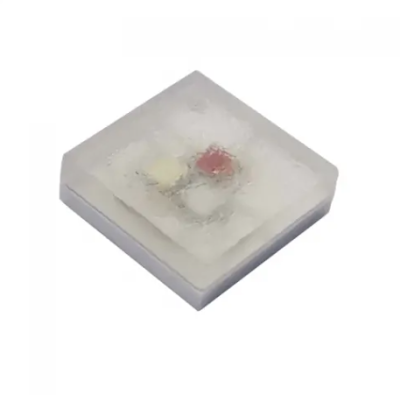Difference between LED Light: COB and SMD
LED lights are constantly improved to bring about better use, greater versatility and more efficient use of power. The different models of LED lights are highly popular compared to traditional incandescent lights, mainly because they can last for about 25 times longer with less energy use.
LED lights come in a variety of models. Start comparing COB vs SMD LED Lights, or before you look at the difference between LED light COB and SMD.
You can choose between SMD vs COB types, for example, depending on your needs for energy efficiency and versatility. The COB vs SMD LED Lights differ in terms of their features and semiconductors.
SMD vs COB: What is SMD?
SMD, or “Surface Mounted Device” LEDs, are the most common LEDs in the market. The LED chip is permanently fused to a printed circuit board, and it’s highly popular due to its versatility. You can find it in light bulbs and string lights, and even in the notification light on your mobile phone.
The SMD LED chips come in a variety of sizes. SMD LED can accommodate chips with complicated designs, like the SMD 5050, which is 5mm wide. The SMD 3528, on the other hand, are 3.5mm wide. The SMD chips are small, almost close to the design of the flat, square computer chip.
What is LED Linear Lighting?
One of the distinct features of SMD LED chips is the number of contacts and diodes they have.
SMD LED chips can have more than just two contacts (which makes it different from the classic DIP LED). There can be up to 3 diodes on a single chip, with each diode having an individual circuit. Each circuit would have one cathode and one anode, leading to 2, 4 or 6 contacts in a chip.
This configuration is the reason why SMD chips are more versatile (comparing SMD vs COB). The chip can include a red, green, and blue diode. With these three diodes, you can already create virtually any colour simply by adjusting the output level.
SMD chips are also known to be bright. They can produce 50 to 100 lumens per watt.
SMD vs COB: What is COB?
One of the most recent developments in LED, COB or “Chip on Board” technology is a step forward more efficient energy use.Like the SMD, COP chips also have multiple diodes on the same surface. But the difference between LED light COB and SMD is that COB LEDs have more diodes.
COB chips typically have 9 or more diodes. COB chips also only have 1 circuit and 2 contacts, regardless of the number of the diodes. This simple circuit design is the reason for the panel-like appearance of COB LED light (SMD light, on the other hand, appears like a collection of smaller lights).
But unlike SMD, COB LED lights can’t be used to create colour changing bulbs or lights. This is because there are only 2 contacts and 1 circuit. Multiple channels for adjustment are required to create the colour changing effect. Because of this, COB LED lights are efficient in single-color applications, but not in more versatile technology.
Another aspect of the COB vs SMD LED Lights difference is in the use of energy. COB is known for better lumen-per-watt ratios and heat efficiency. This has a lot to do with the design of COB LEDs, and the cooling ceramic substrate of the chips.
Before, heavy duty technology like spot lights and flood lights made with LED were non-standard, because you’d need multiple LED sources to produce that kind of high lumen output.
But now, COB chips can produce a large amount of lumens with less energy. You can find it in all kinds of bulbs and applications, such as the flash of your mobile phone or point-and-shoot camera. Its range is higher with a minimum of 80 lumens per watt.
want to know more product, click here.



Comments
0